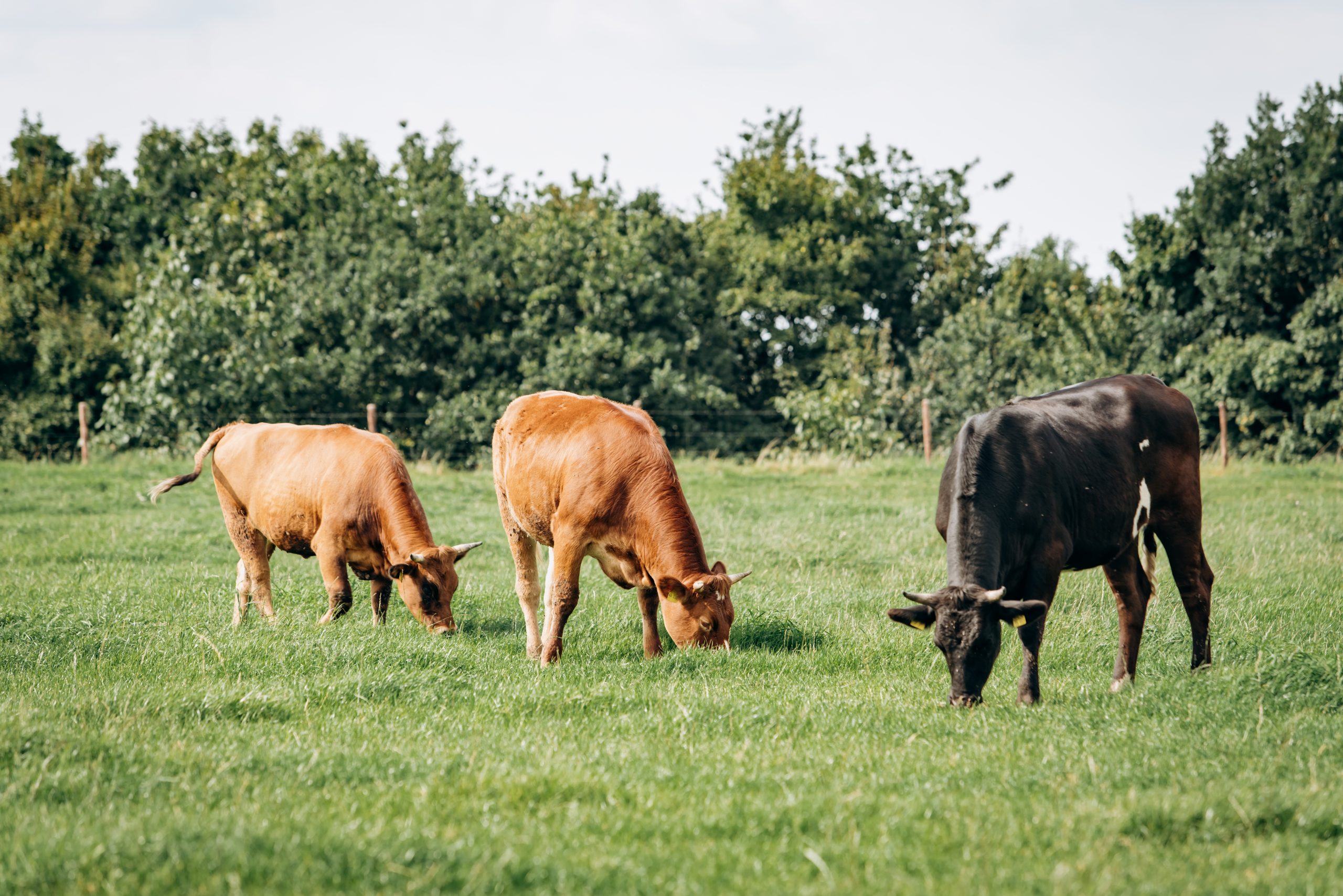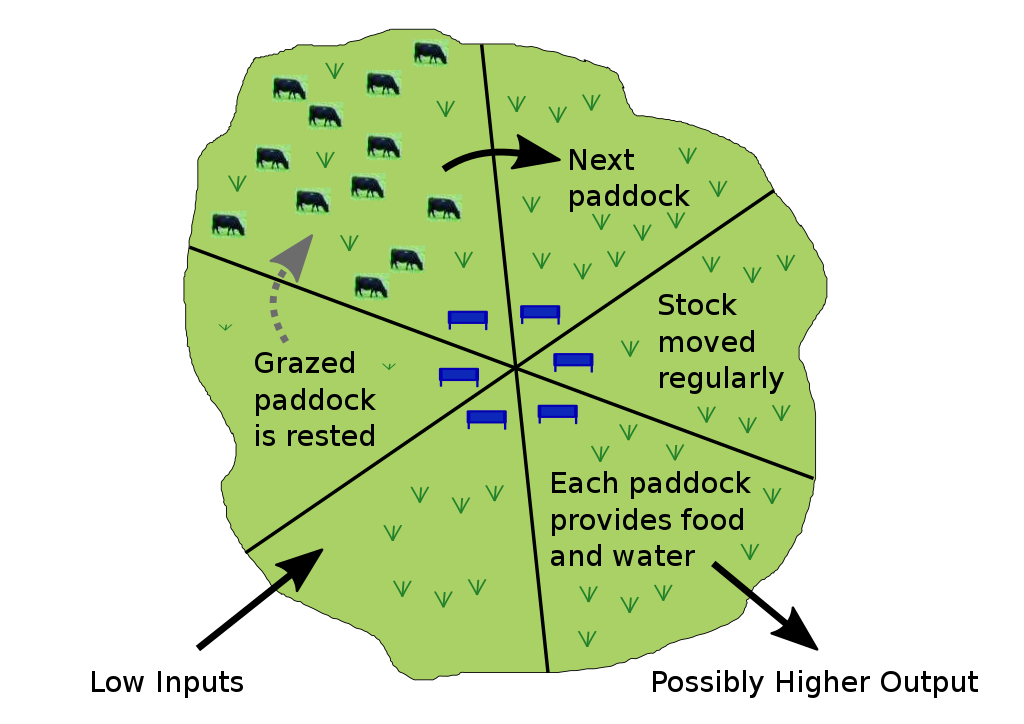
What is Rotational Grazing?
When it comes to farming cattle, it goes without saying that feeding your animals well is extremely important. But what is the best way of doing this? Grazing is the simple, common-sense solution that most farmers opt for.
But continuously grazing the same pasture can present problems of its own. When cattle repeatedly graze the same area, they can degrade the quality of their food, since there is no time for grass to recover. This not only reduces the quality of their food, but their productivity along with it.
Overgrazing also increases erosion, because there are less plant roots to hold the soil together. Erosion means less grassland and higher risk from flooding, and the sings of erosion are visible as scars in the landscape all over South Africa
We can try to get around this issue by fertilizing and watering fields to speed up the growth of grass, but this can create even more problems since traditional irrigation can be ineffective, leading to water waste. Fertilizer runoff can create algal blooms in our waters, which can be toxic to people and kill of wildlife. Long story short, they’re not at all suitable for us or our water life.
So how can farmers boost the health of their pastures, and therefore their cattle, without damaging the environment, ourselves, and their cattle in the long run? One of the potential answers is rotational grazing.
The idea is simple. Instead of letting cattle continuously graze an entire area, divide the space up into a certain number of pastures. Make sure that each field has ample water and shade, and then let the cattle graze only one pasture at a time. While the cattle graze one pasture, the others have time to ‘rest.’ Moving the animals between each pasture just as the grass reaches the optimal age for grazing allows for healthier fields, cows, and consumers.

Rested fields will not only reduce water wastage since the longer grassroots can reach further in search of water, but they will also be healthier for the cattle, as rested fields will have had time to restore the carbohydrate reserves in their grasses, making them more nutritious. There are also benefits to local wildlife. While fields are resting, they can be used by wild animals, which will use the land in a much less intense manner than a herd of cattle. This means that resting fields can primarily serve as habitats for species that may be suffering due to habitat loss.
Farmers will also require fewer fertilizers, as the cattle’s manure can help to fertilize the pasture. While this has always been true, animals are more densely populated on a single pasture than on one large field. They can, therefore, more evenly distribute the manure around the pasture before being moved onto the next one.
This is all great for the cattle and the environment, but what about the farmers? Rotational grazing can lead to slightly lower levels of production, but this comes with considerable benefits. The output that is achieved often comes with an increase in profit margins. This means that although a cow might produce slightly less milk, the reduced costs mean that the farmer makes more money per liter of milk than they did before they rotational grazing. Pastured cattle are also often healthier, which means fewer vet bills for the farmer.
Rotational grazing is a simple, effective solution to a lot of potentially severe problems. Not only is it great for the farmers, but it’s also great for the cows and the environment.